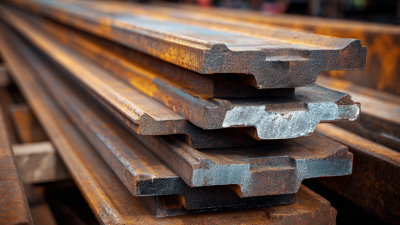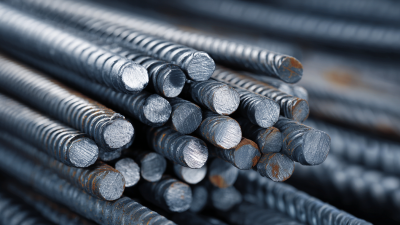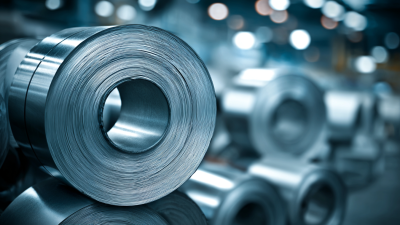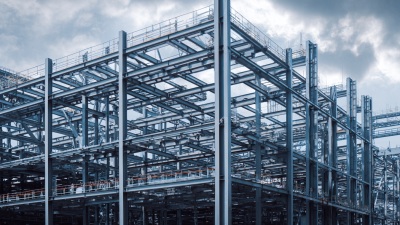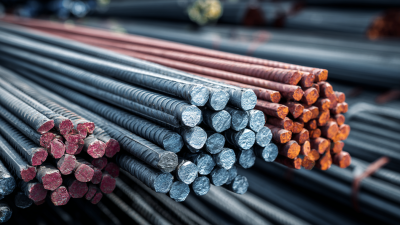In the realm of construction, the choice of materials plays a crucial role in determining the longevity and safety of structures. Among these materials, metal sheets stand out due to their versatility, strength, and resilience. However, one often overlooked aspect that significantly influences their effectiveness is the thickness of metal sheets. Understanding how metal sheet thickness impacts construction longevity and safety is essential for engineers, architects, and builders alike. This article delves into the intricate relationship between metal sheet specifications and structural integrity, exploring how variations in thickness can lead to differences in durability, resistance to environmental factors, and overall safety standards.
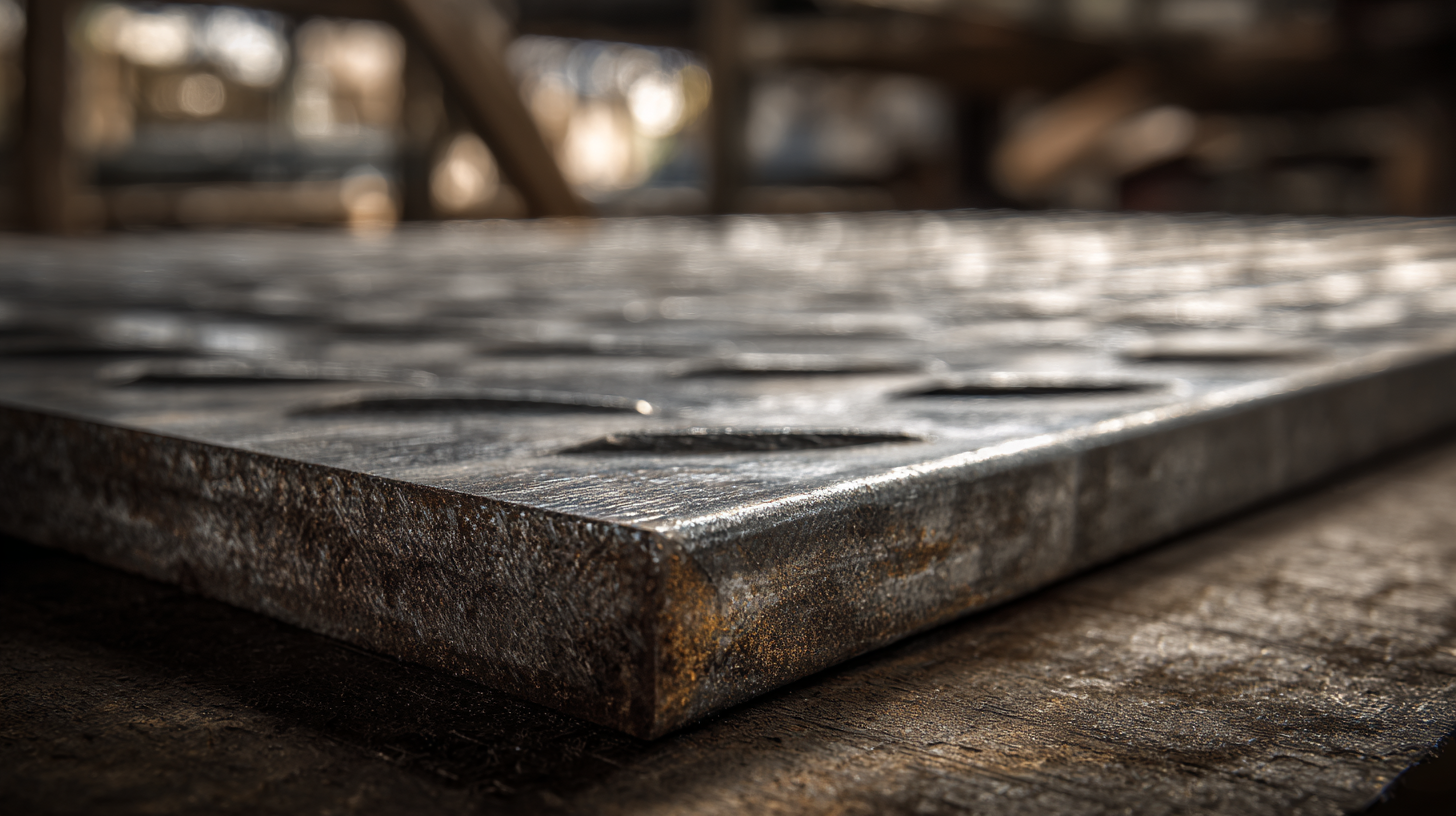
By unlocking the strength inherent in metal sheets through careful consideration of thickness, stakeholders in the construction industry can make informed decisions that enhance the performance and reliability of their projects.
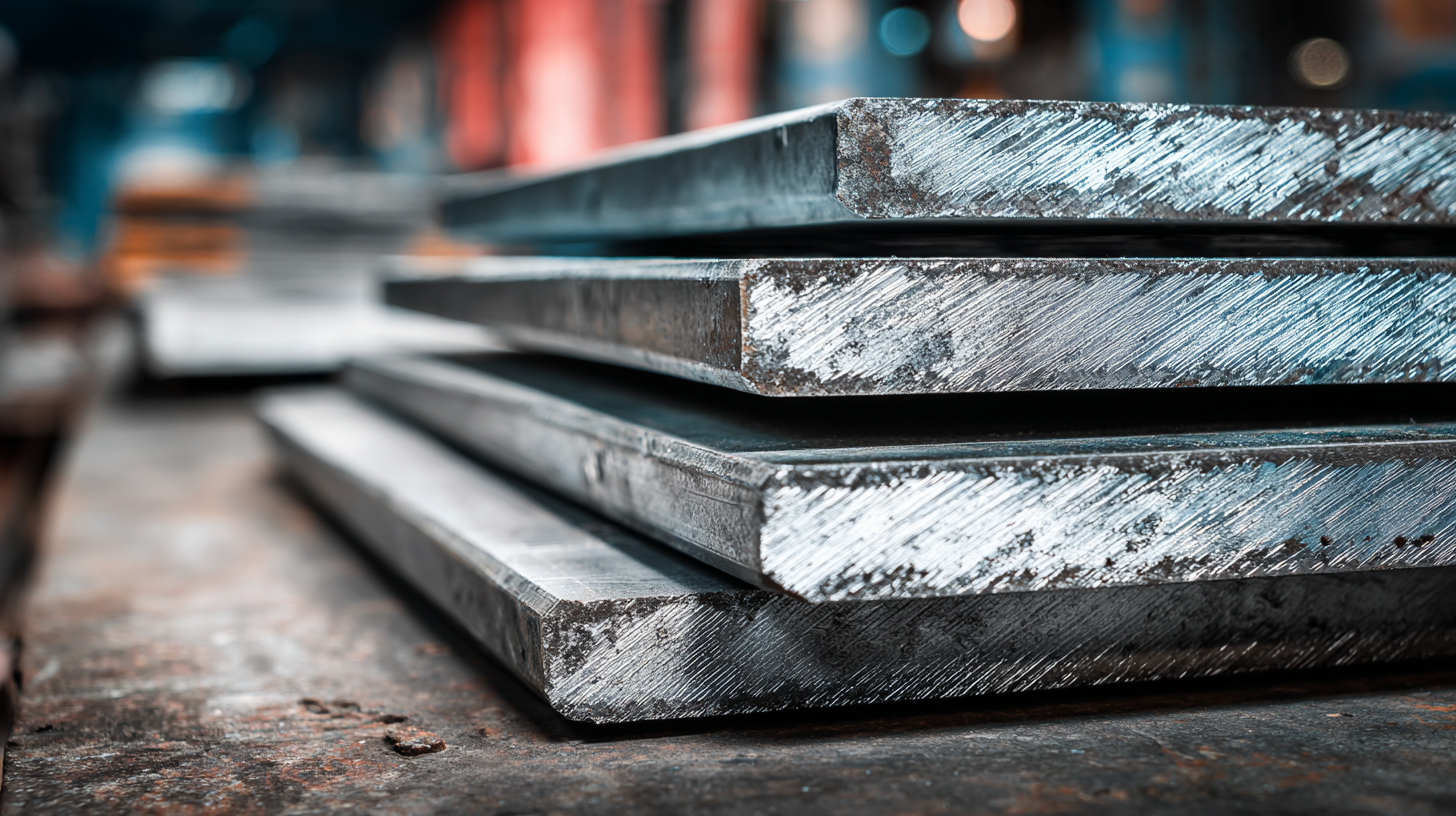 The thickness of metal sheets plays a crucial role in determining the structural integrity of constructions. Thicker sheets can withstand greater loads and resist deformation over time, making them ideal for heavy-duty applications such as industrial buildings and skyscrapers. On the other hand, thinner sheets may be more susceptible to bending or buckling, potentially compromising the safety and longevity of the structure. By carefully selecting the appropriate metal thickness, architects and engineers can enhance durability while ensuring safety compliance.
The thickness of metal sheets plays a crucial role in determining the structural integrity of constructions. Thicker sheets can withstand greater loads and resist deformation over time, making them ideal for heavy-duty applications such as industrial buildings and skyscrapers. On the other hand, thinner sheets may be more susceptible to bending or buckling, potentially compromising the safety and longevity of the structure. By carefully selecting the appropriate metal thickness, architects and engineers can enhance durability while ensuring safety compliance.
Tips: When choosing metal sheet thickness, it's essential to consider the specific application and environmental factors. For areas prone to high winds or seismic activity, opting for thicker sheets can provide extra resilience. Additionally, regular inspections of metal structures can help identify any weaknesses early on, allowing for timely maintenance or reinforcement.
The relationship between metal sheet thickness and structural integrity is not just about strength; it also involves weight considerations and cost-effectiveness. Thicker materials typically weigh more, which can impact foundation requirements and transportation costs. Therefore, striking a balance between thickness and other project requirements is critical for optimizing both performance and budget.
Tips: Collaborate with material engineers to conduct load analyses that tailor metal thickness to project needs without adding unnecessary weight. Utilizing advanced design software can also help visualize how different thicknesses influence overall structural performance.
In the construction industry, the thickness of metal sheets plays a critical role in ensuring the longevity and safety of structures. Minimum thickness requirements are established based on various applications, which vary depending on the specific needs of the project. For instance, structural steel components may require a thickness that can withstand greater loads and environmental stresses compared to decorative metal applications. These standards are crucial in mitigating risks such as structural failure or damage over time, directly impacting the safety of the occupants.
As industries evolve, there is an ongoing analysis of these standards to align them more closely with advancements in technology and materials. For example, developments in corrosion monitoring techniques, such as guided ultrasonic wave methods, aid in assessing the structural integrity of thin metal sheets over time. Furthermore, lightweight composite materials are gaining popularity, necessitating a reevaluation of existing thickness requirements to accommodate new manufacturing techniques. The interplay between metal sheet thickness and industry standards is essential for achieving optimal performance and safety in contemporary construction practices.
When it comes to construction projects, the thickness of metal sheets plays a critical role in ensuring both load-bearing capacity and the overall safety of structures. Thicker sheets generally provide greater resistance to bending and deformation, which is essential when dealing with heavy loads or fluctuating environmental conditions. By selecting the appropriate thickness, engineers can enhance the structural integrity, ensuring that the materials can support intended loads without excessive deflection or failure.
**Tips**: Always consider the specific load requirements when choosing metal sheet thickness. Conduct thorough analyses and calculations to ensure that your selections meet both safety factors and industry standards. Additionally, consult with material specialists or structural engineers to explore the best options tailored to your project's needs.
Moreover, the safety factors in construction are heavily influenced by the thickness of metal sheets. A greater thickness often allows for higher safety margins, protecting against potential failures that could jeopardize the entire structure. Balancing the cost of materials with the necessary safety measures is crucial, as investing in thicker, high-quality sheets can ultimately save costs linked to repairs or catastrophic failures down the line.
**Tips**: Regularly inspect and maintain metal materials throughout the construction process to ensure they retain their integrity. Implementing a preventive maintenance schedule can greatly mitigate risks associated with wear and tear over time.
The thickness of sheet metal plays a crucial role in enhancing the corrosion resistance of building materials, ultimately impacting their longevity. Thicker sheets provide a stronger barrier against environmental factors such as moisture, chemicals, and varying temperatures, which can significantly contribute to corrosion over time. This enhanced resistance means that structures can maintain their integrity longer, reducing the need for frequent repairs and replacements.
Moreover, the durability provided by increased thickness directly correlates to safety in construction. With greater resistance to rust and deterioration, thicker metal sheets ensure that buildings remain structurally sound throughout their lifecycle. This characteristic is especially important in regions prone to harsh weather conditions. By investing in thicker sheet metal for construction projects, builders can safeguard their investments, secure the safety of occupants, and foster sustainability by lowering maintenance costs and prolonging the need for material replacements.
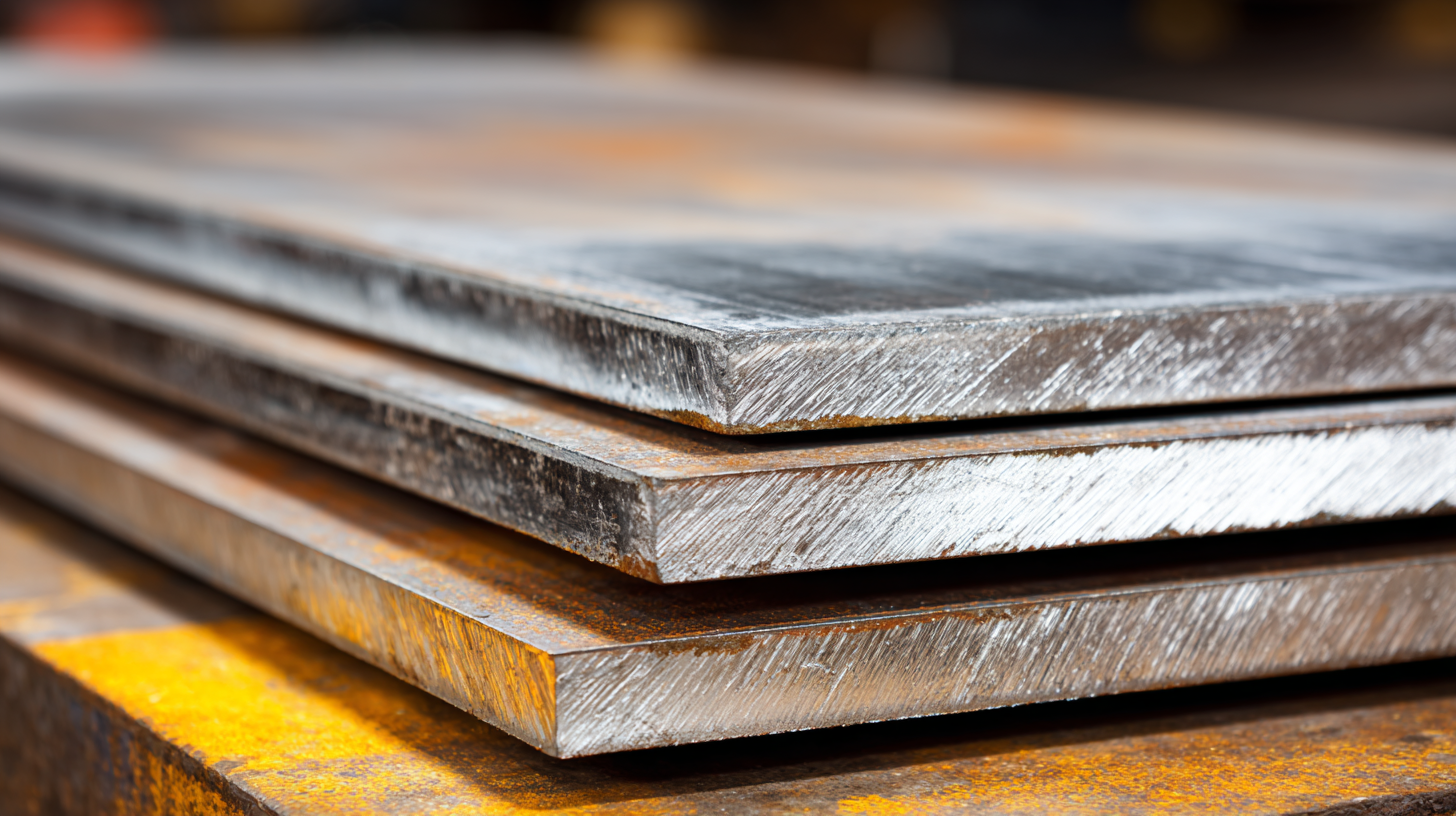
In the construction industry, the thickness of metal sheets plays a crucial role in determining both longevity and safety. Case studies illustrate how variations in thickness affect structural integrity in real-world scenarios. For instance, a prominent skyscraper in a seismic zone utilized sheets of varying thicknesses based on specific design requirements and environmental challenges. The thicker sheets provided enhanced resistance against seismic forces, ultimately ensuring the safety of the building and its occupants.
Another case study involved industrial warehouses, where metal sheet thickness was pivotal in withstanding harsh weather conditions. Thicker sheets were employed in regions with extreme temperatures and potential for high winds, resulting in a substantial reduction in structural failures due to corrosion and fatigue. These examples highlight that investing in appropriate thickness not only bolsters durability but also significantly reduces long-term maintenance costs, thereby ensuring the safety and longevity of construction projects.
| Case Study | Metal Sheet Thickness (mm) | Construction Type | Longevity (Years) | Safety Incidents |
|---|---|---|---|---|
| Case Study 1 | 1.5 | Warehouse | 10 | 2 |
| Case Study 2 | 2.0 | Commercial Building | 15 | 1 |
| Case Study 3 | 2.5 | Industrial Facility | 20 | 0 |
| Case Study 4 | 3.0 | Residential Building | 25 | 0 |
| Case Study 5 | 4.0 | Bridge | 30 | 0 |
